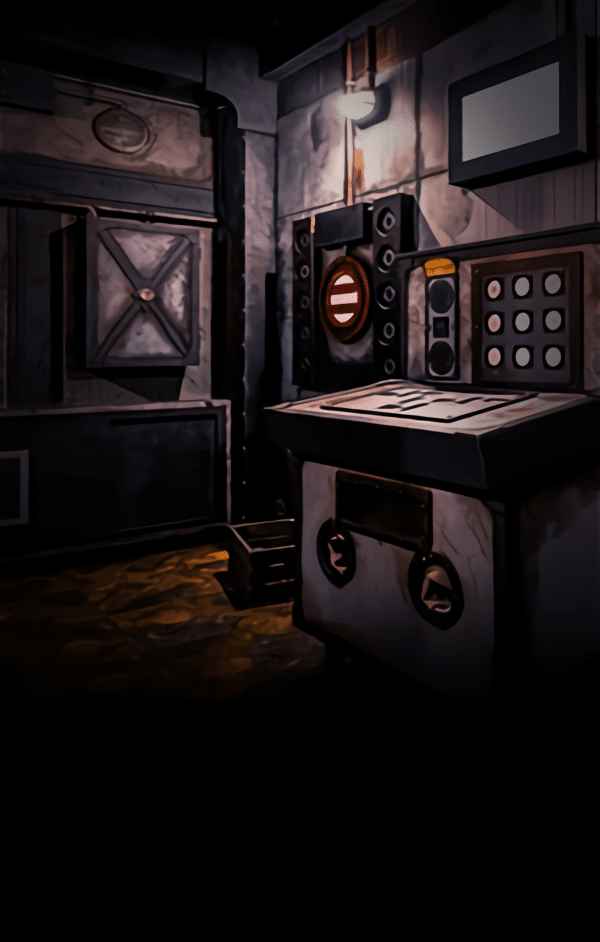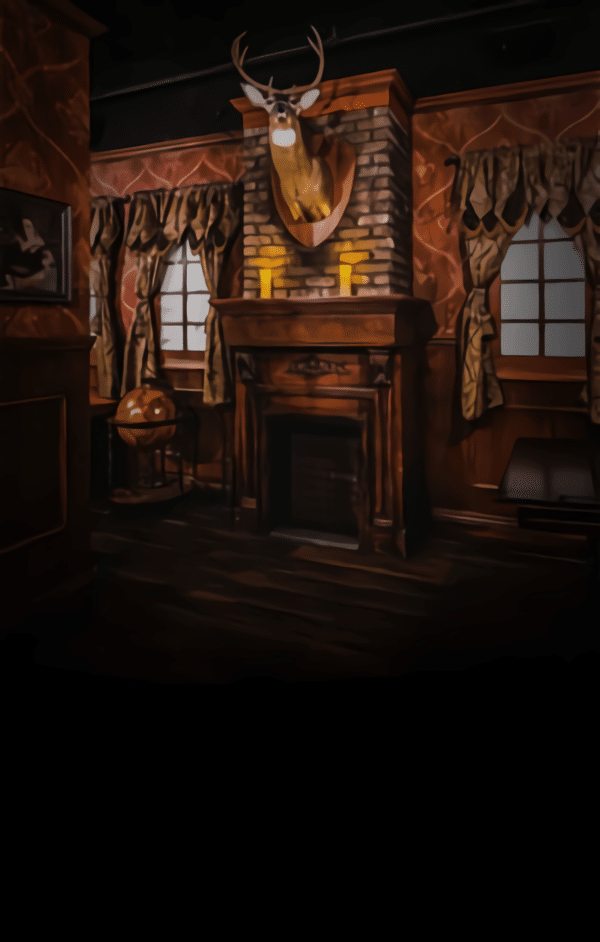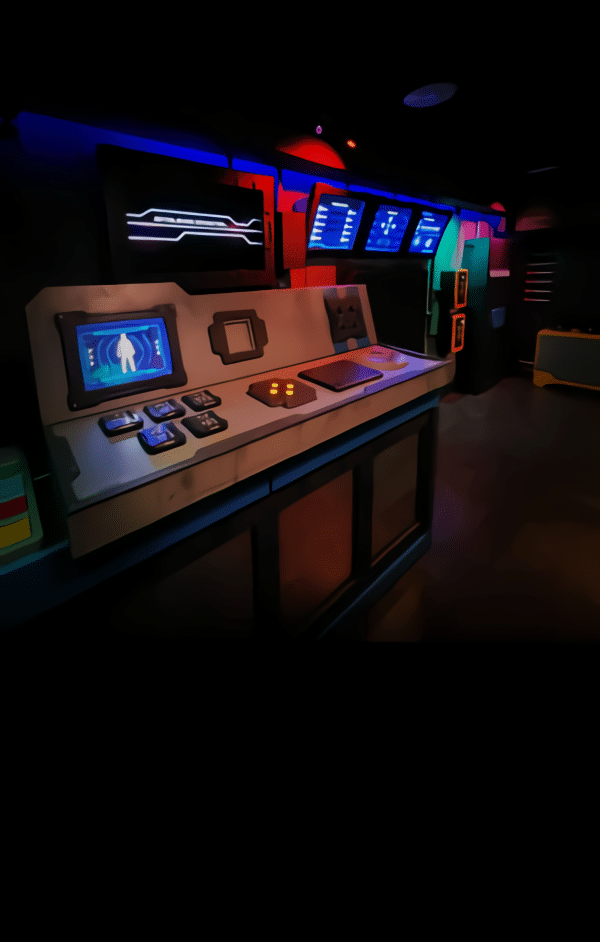How can you prepare for an escape room NYC experience?
Escape rooms have become a popular activity for groups looking to challenge their problem-solving skills, teamwork, and ability to think under pressure. Whether you are visiting Midtown New York City for a night of fun or planning a competitive team-building event, an escape room NYC experience is an adventure you won’t forget. Proper preparation can make the difference between a frustrating experience and a thrilling victory. This guide will walk you through everything you need to know before stepping into one of the city’s immersive escape rooms.
Understanding the Escape Room Experience
Before diving into preparation tips, it’s important to understand what an escape room is. In an escape room, participants are locked inside a themed environment and must solve puzzles, decipher clues, and complete tasks within a set time limit—usually 60 minutes—to achieve a goal. Some rooms require players to escape, while others may have missions such as stopping a catastrophic event or uncovering hidden secrets.
Escape rooms vary in difficulty, theme, and gameplay style. In Midtown NYC, you can find diverse challenges, including:
-
End of Days A & End of Days B – Apocalyptic survival themes that test problem-solving and critical thinking skills.
-
Hydeout – A thrilling mystery involving Dr. Jekyll and Mr. Hyde.
-
Carbon: 3708 – A futuristic, high-stakes mission requiring logical reasoning.
Understanding the setting and type of escape room you’re entering will help you mentally and strategically prepare for the experience.
Choosing the Right Escape Room for Your Group
Picking the right escape room can determine how enjoyable the experience will be. Consider the following factors when selecting a game:
1. Skill Level and Experience
If it’s your first time playing, you may want to start with a beginner-friendly room before tackling a high-difficulty challenge. More experienced players may prefer advanced rooms with intricate puzzles and layered storylines.
2. Group Size and Composition
Each escape room has a recommended number of players. A smaller team means more individual involvement in solving puzzles, while a larger team allows for better collaboration and idea-sharing. Think about your group dynamic—whether you work best with close friends, coworkers, or family members.
3. Theme and Storyline Preference
Escape rooms come in various genres, from mystery and horror to sci-fi and adventure. If your group enjoys high-intensity scenarios, an apocalyptic or horror-themed room may be ideal. If you prefer cerebral challenges, a futuristic or detective-style room might be the better choice.
Essential Preparation Tips for an Escape Room NYC Experience
1. Dress Comfortably
While escape rooms don’t require extreme physical activity, you’ll likely move around, search for hidden clues, and manipulate objects. Wearing comfortable clothing and flat, closed-toe shoes will allow you to focus on solving puzzles without discomfort.
2. Arrive Early and Listen to Instructions
Arriving at least 15 minutes early ensures you have time to check in, sign waivers, and receive important instructions from the game master. Listening carefully to the briefing can provide useful hints about gameplay mechanics, safety rules, and any specific details related to your escape room scenario.
3. Communicate and Collaborate
Successful escape teams communicate openly and share information. When someone finds a clue, announce it to the group. If you’re stuck on a puzzle, get a second (or third) opinion. A well-coordinated team significantly increases the chances of success.
4. Divide and Conquer
Instead of clustering around a single puzzle, assign different areas or tasks to group members. Some puzzles may require pattern recognition, logical deduction, or physical manipulation—distributing tasks can help solve them faster.
5. Keep an Eye on the Time
Most escape rooms have a 60-minute limit. Use time efficiently and avoid spending too long on a single puzzle. If you’re stuck, move on and return to it later.
6. Use Hints Wisely
Many escape rooms allow teams to request hints from the game master. While some groups try to avoid hints, using them strategically can prevent unnecessary frustration and help keep momentum going.
Why Choose an Escape Room in Midtown NYC?
If you’re looking for an exciting escape room experience in New York City, Midtown is the perfect location. Here’s why:
1. Convenience and Accessibility
Midtown NYC is a central hub, making it easy for locals and tourists to reach escape room venues via subway, bus, or taxi.
2. Variety of Themes and Game Styles
With multiple escape rooms available, players can choose from thrilling, mysterious, and futuristic storylines. The variety ensures that repeat players can always find a new challenge.
3. Great for Team Bonding and Social Events
Escape rooms in Midtown NYC cater to corporate team-building activities, birthday parties, date nights, and casual outings. They offer an interactive way to strengthen relationships and improve teamwork skills.
Conclusion
Preparing for an escape room NYC experience involves more than just showing up. Understanding the game mechanics, choosing the right room for your group, and following key strategies can enhance the experience and increase your chances of success. Whether you’re drawn to a post-apocalyptic survival mission, a classic mystery, or a futuristic adventure, escape rooms in Midtown NYC offer unforgettable challenges for every type of player.
Frequently Asked Questions
Q: How can you prepare for an escape room NYC experience?
A: Preparation includes selecting the right escape room, wearing comfortable clothing, arriving early, communicating effectively with your team, managing time wisely, and using hints strategically when needed.
Q: What should I wear to an escape room?
A: Wear comfortable clothing and closed-toe shoes, as you may need to move around, crouch, or interact with objects. Avoid overly restrictive outfits or high heels.
Q: Can I play an escape room if I have no prior experience?
A: Absolutely! Many escape rooms offer beginner-friendly challenges. Game masters also provide instructions and hints to help new players enjoy the experience.
Q: How many people should be in an escape room team?
A: Team sizes vary by game, but most escape rooms accommodate 2–8 players. Larger groups can divide tasks more effectively, but smaller groups offer more individual participation.
Q: Are escape rooms scary or physically demanding?
A: Not all escape rooms are scary; themes range from mystery and adventure to horror. While some rooms may have suspenseful elements, most do not require significant physical activity beyond walking and interacting with props.









